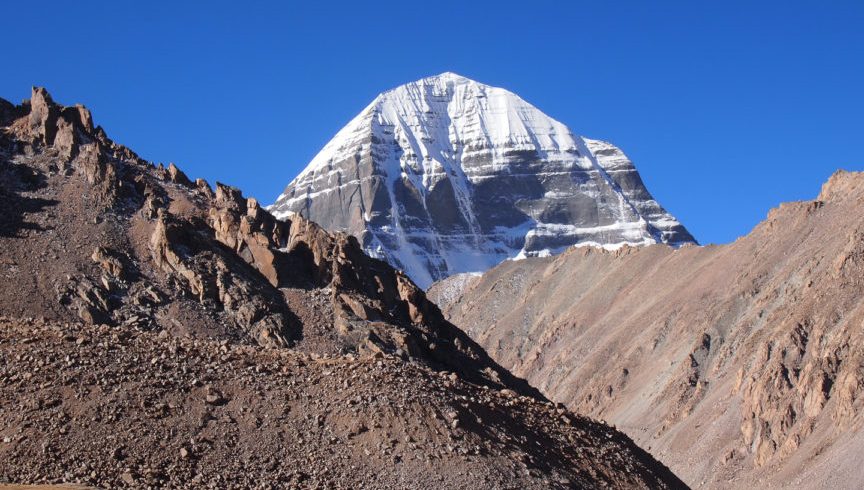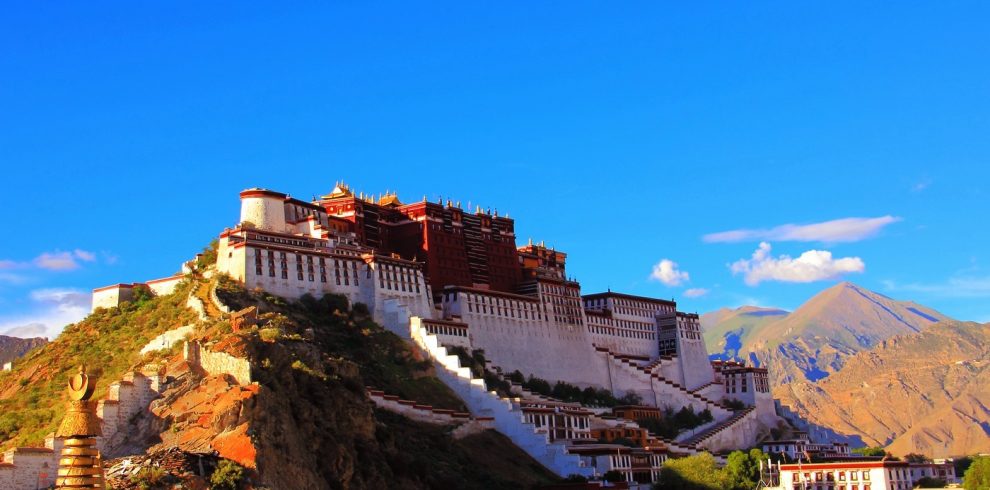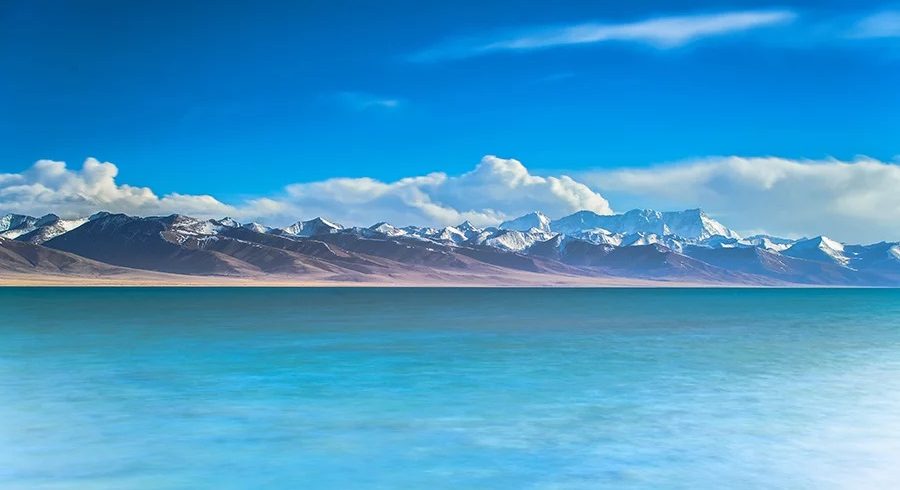Tibetan Cuisine
Tibetan cuisine reflects the harsh climate and high-altitude environment, focusing on hearty and warming dishes. Key elements of Tibetan food include:
- Tsampa: Roasted barley flour, a staple food often mixed with butter tea.
- Butter Tea (Po Cha): A traditional beverage made from tea leaves, yak butter, and salt, providing warmth and energy.
- Momos: Steamed or fried dumplings filled with meat or vegetables, often served with spicy dipping sauce.
- Thukpa: A noodle soup with vegetables, meat, and a flavorful broth.
- Yak Meat: A common protein source, served in various forms such as dried, stewed, or in soups.
- Tibetan Bread: Flatbread made from barley or wheat flour, often served with butter and cheese.
Experience Tibet’s Unique Hospitality and Culture
Tibet is known for its warm hospitality and the spiritual depth of its people. The region’s commitment to preserving its rich cultural heritage and natural environment ensures that every visitor experiences the authentic essence of Tibet. From its breathtaking landscapes to its spiritual sanctuaries, Tibet offers an unforgettable journey that promises peace, adventure, and profound cultural insights. Whether you are exploring ancient monasteries, trekking through majestic mountains, or immersing yourself in local traditions, Tibet invites you to discover its timeless beauty and enduring spirit.





